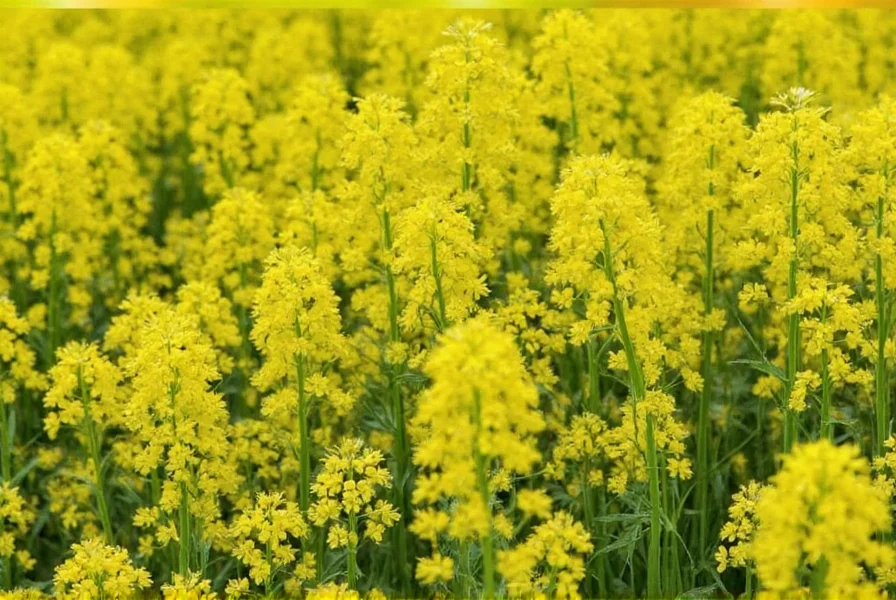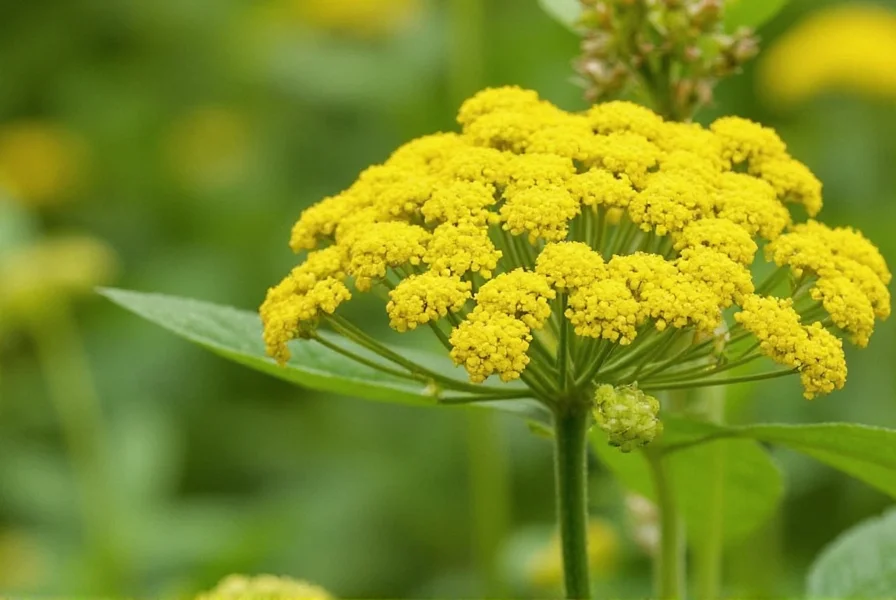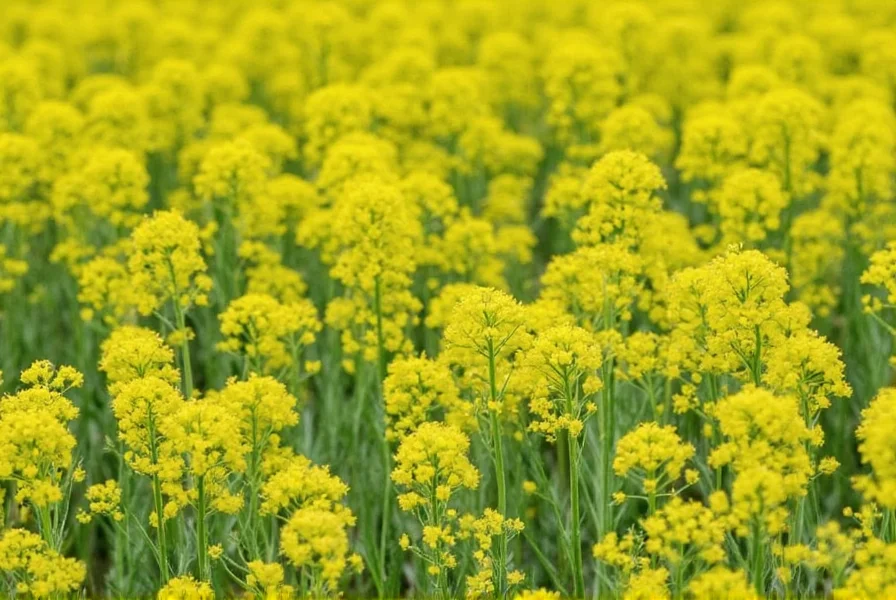Fenugreek, a versatile herb with culinary and traditional medicinal uses, offers gardeners a rewarding growing experience. Whether you're cultivating for fresh microgreens, flavorful leaves, or valuable seeds, understanding the specific requirements of this ancient crop ensures successful harvests. This comprehensive guide provides science-based cultivation techniques for both novice and experienced gardeners.
Understanding Fenugreek Varieties and Uses
Fenugreek comes in two primary varieties: Trigonella foenum-graecum (cultivated for seeds) and Trigonella corniculata (often used as forage). For home gardeners, the standard variety provides dual harvests—tender leaves for cooking and aromatic seeds for spice. The plant's rapid growth makes it ideal for container gardening, raised beds, or traditional garden plots. Many gardeners wonder how to grow fenugreek at home successfully, especially in limited spaces.
Optimal Growing Conditions for Fenugreek
Fenugreek performs best under specific environmental conditions that mimic its native Mediterranean and South Asian habitats. Understanding these requirements prevents common cultivation mistakes.
| Factor | Optimal Range | Critical Notes |
|---|---|---|
| Soil pH | 6.0-7.5 | Well-draining loam preferred; amend heavy clay with compost |
| Temperature | 60-85°F (15-29°C) | Frost kills seedlings; heat above 90°F reduces yield |
| Sun Exposure | 6-8 hours daily | Partial shade acceptable in hot climates |
| Water Needs | Consistent moisture | Avoid waterlogging; reduce frequency after establishment |
When considering best soil for growing fenugreek, prioritize loose, nutrient-rich soil with excellent drainage. Heavy clay soils cause root rot, while pure sand dries too quickly. A 2-3 inch compost layer incorporated into the top 6 inches of soil creates ideal conditions. Many gardeners achieve excellent results with container cultivation using equal parts potting mix, perlite, and compost.
Step-by-Step Planting Guide
Successful fenugreek cultivation begins with proper planting techniques. Unlike many herbs, fenugreek grows best from direct seeding rather than transplants.
- Timing: Sow seeds 2-4 weeks after last frost when soil reaches 50°F (10°C). In warm climates, plant in early spring or fall.
- Seed Preparation: Soak seeds in room-temperature water for 8-12 hours to improve fenugreek seed germination time.
- Sowing Depth: Plant seeds 1/4 inch deep, spacing 2 inches apart in rows 12 inches apart.
- Initial Watering: Keep soil consistently moist (not soggy) until germination.
- Thinning: When seedlings reach 2 inches tall, thin to 6 inches apart for leaf production or 12 inches for seed harvesting.

Care and Maintenance Throughout Growth Cycle
Proper care ensures healthy plants and maximum yields. Fenugreek requires minimal maintenance once established but has specific needs during critical growth phases.
Watering Schedule
During germination (first 7-10 days), maintain consistent soil moisture. After establishment, water deeply 1-2 times weekly depending on rainfall. The fenugreek plant watering schedule should adjust based on weather—more frequent during hot, dry periods; less during cool, rainy spells. Container plants typically need daily watering in summer.
Fertilization Requirements
Fenugreek generally doesn't require heavy fertilization. Excessive nitrogen promotes leafy growth at the expense of seed production. For leaf harvesting, a balanced organic fertilizer applied at planting suffices. For seed production, avoid nitrogen-rich amendments after the first month. Many successful growers use organic fenugreek cultivation methods with compost tea applications every 3-4 weeks.
Pest and Disease Management
Fenugreek's strong aroma naturally deters many pests, but watch for:
- Aphids: Spray with insecticidal soap
- Whiteflies: Use yellow sticky traps
- Root rot: Prevent with proper drainage
- Leaf spot: Remove affected leaves promptly
Harvesting Techniques for Maximum Yield
Understanding when to harvest fenugreek leaves significantly impacts flavor and plant longevity. Begin harvesting outer leaves when plants reach 6 inches tall, taking no more than 1/3 of the foliage at once. Morning harvests yield the most flavorful leaves.
For seed production, wait until pods turn from green to yellow-brown and feel dry. Cut entire stems and hang upside down in a well-ventilated area for 1-2 weeks. Rub dried pods between palms to release seeds. Properly stored seeds remain viable for 3-5 years.

Troubleshooting Common Growing Problems
Even experienced gardeners encounter challenges with fenugreek. Recognizing these issues early prevents crop failure.
Yellowing Leaves
Often indicates overwatering or nitrogen deficiency. Reduce watering frequency and apply compost tea if needed. In containers, ensure proper drainage holes.
Poor Germination Rates
If experiencing low fenugreek seed germination time success, check seed viability (seeds older than 2 years have reduced germination). Maintain consistent soil moisture during the critical first week.
Leggy, Weak Growth
Insufficient sunlight causes elongated, weak stems. Relocate container plants to sunnier locations or thin surrounding vegetation in garden beds. This issue relates directly to fenugreek growing temperature requirements being unmet.
Storage and Preservation Methods
Maximize your harvest with proper storage techniques:
- Fresh leaves: Store in airtight container with damp paper towel for 7-10 days
- Dried leaves: Hang bunches upside down in dark, dry area; store in glass jars
- Seeds: Keep in airtight container in cool, dark place for 2-3 years
- Freezing: Blanch leaves for 30 seconds before freezing in portions
Advanced Growing Techniques
For gardeners interested in growing fenugreek in containers, choose pots at least 8 inches deep with drainage holes. Self-watering containers work exceptionally well for maintaining consistent moisture. Rotate pots regularly for even sun exposure.
Succession planting every 2-3 weeks ensures continuous leaf harvest throughout the growing season. In colder climates, start seeds indoors 4-6 weeks before last frost using biodegradable pots to minimize transplant shock.











 浙公网安备
33010002000092号
浙公网安备
33010002000092号 浙B2-20120091-4
浙B2-20120091-4